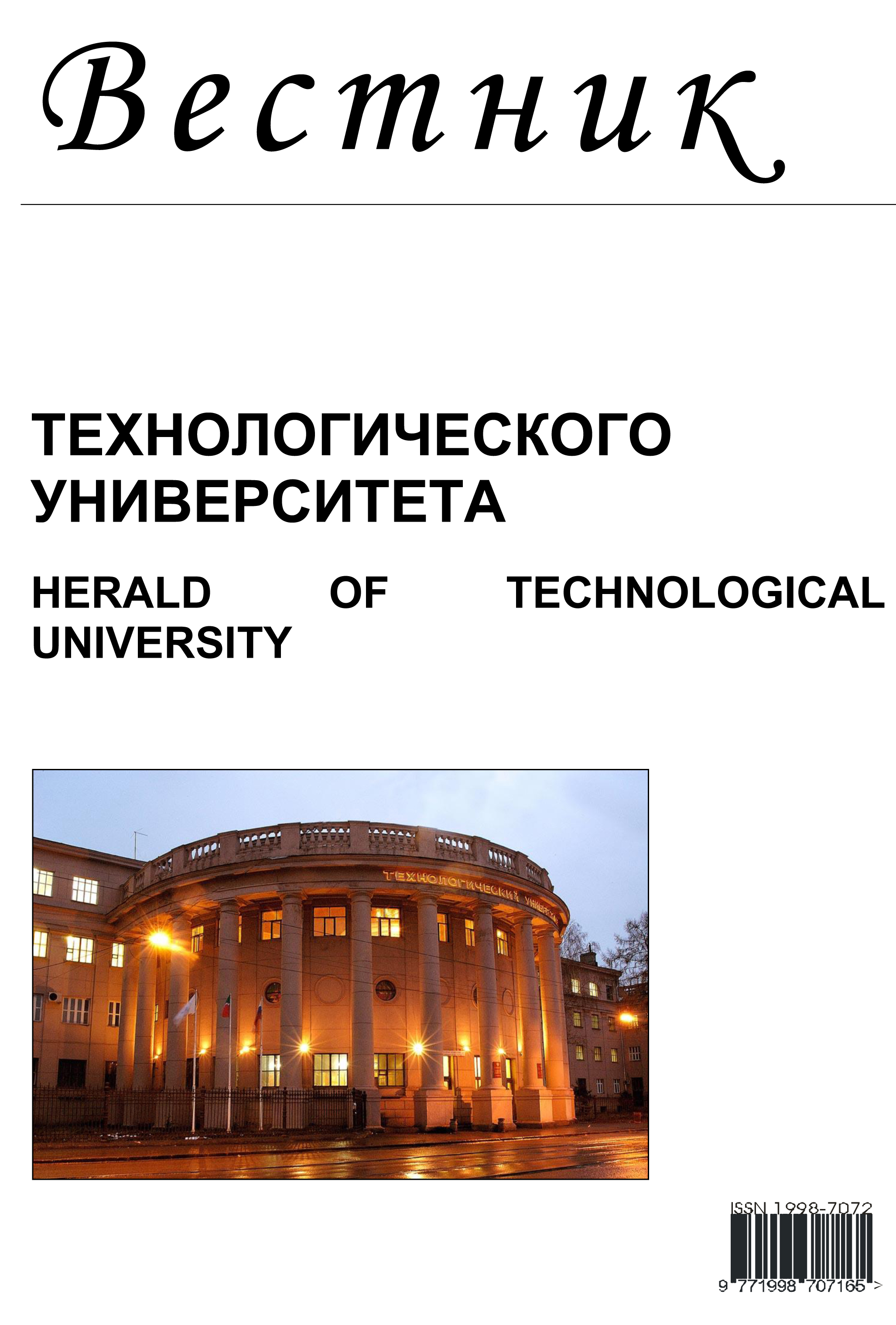Russian Federation
The study of ultrafiltration separation of water-oil emulsion based on “I-20A” oil using polyethersulfone membranes with the mass of cut-off particles 10-300 kDa was carried out. The water-in-oil emulsion had the following composition: oil - 20%, surfactant of the Neonol AF 9-10 brand - 2%, distilled water - 78% (by volume). Separation was carried out on a laboratory ultrafiltration unit in the cross-flow mode, the volume of the separated mixture was 100 cm³, the process pressure was 2 atm. The efficiency of emulsion separation and membrane productivity were determined as operational characteristics depending on the sizes of particles cutoff by the membranes. The effect of applied pressure and pore size on the productivity of polyethersulfone membranes for distilled water was determined. The obtained graphical dependencies were interpolated using Lagrange polynomials and expressions describing the change in productivity values from the pore size at different values of the applied pressure were determined. Similar graphical dependencies of the change in membrane productivity during separation of water-oil emulsion at different values of the applied pressure in the system were obtained and interpolated using Lagrange polynomials. The effect of the membrane pore size on the chemical oxygen demand (COD) values of the filtrates was also estimated depending on the pressure applied to the system. It was revealed that the efficiency of the ultrafiltration process decreases with increasing pressure and filter pore size, since the amount of organic components in the resulting filtrate increases according to the obtained COD values. It was concluded that the obtained analytical expressions will allow, without conducting many similar experiments, to obtain the process parameters depending on the initial data.
WATER-OIL EMULSION, MEMBRANE, ULTRAFILTRATION, MODELING









